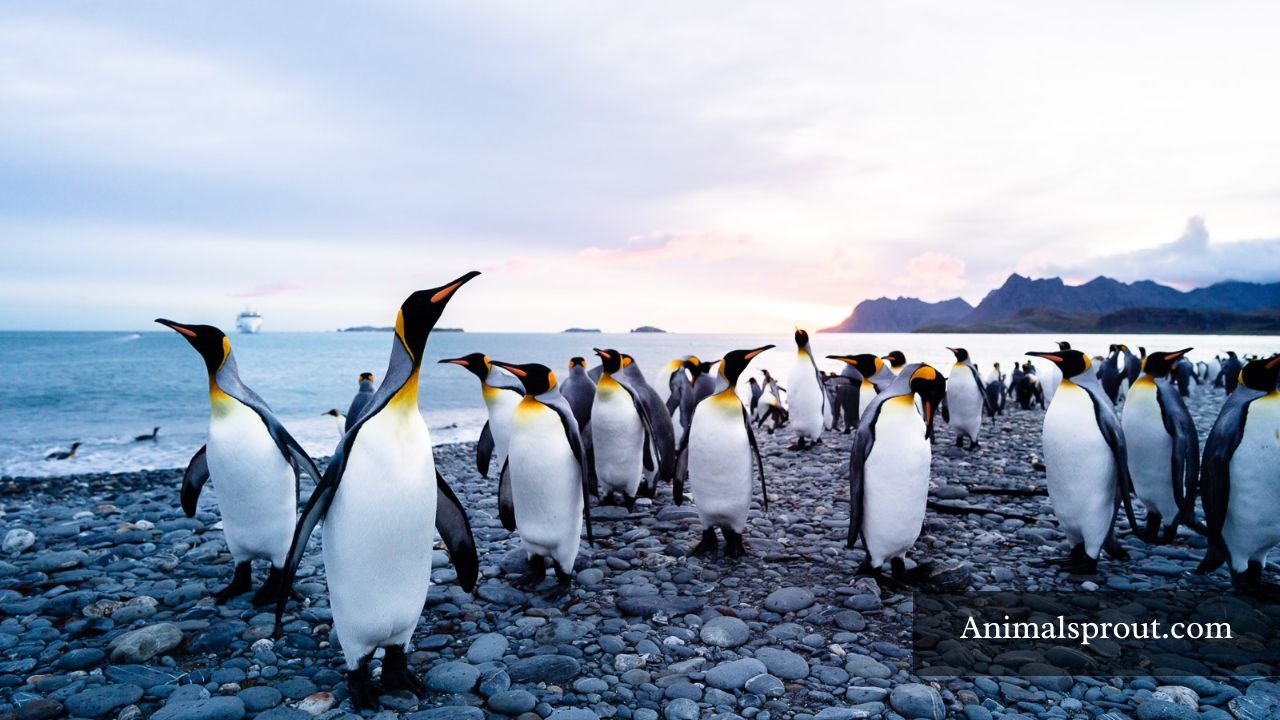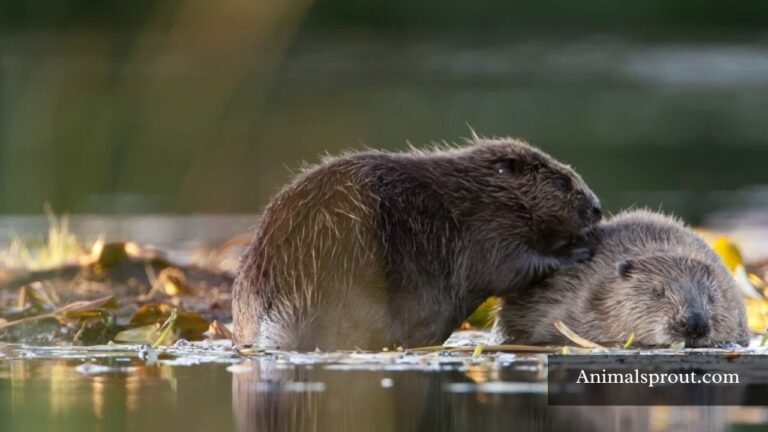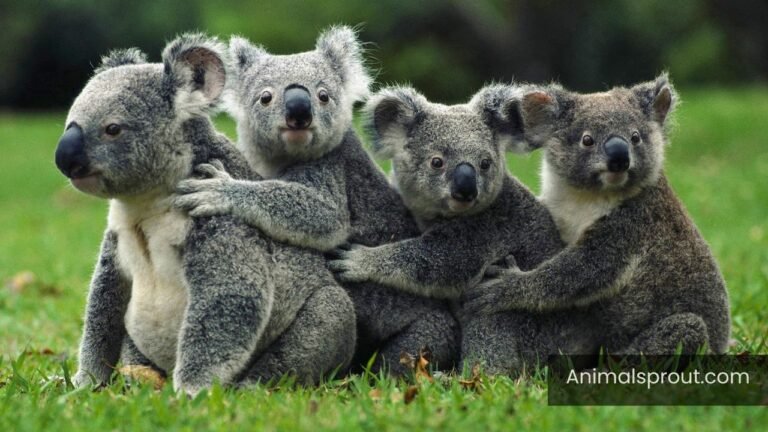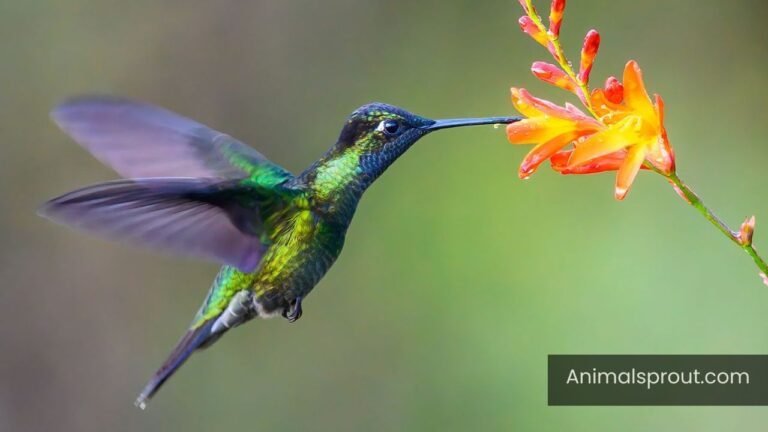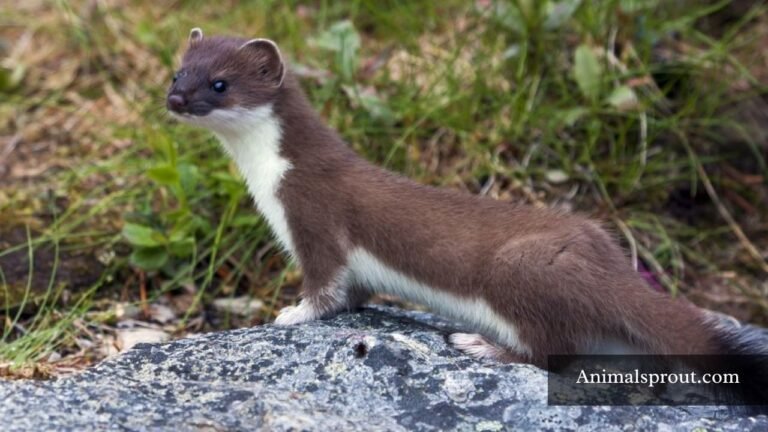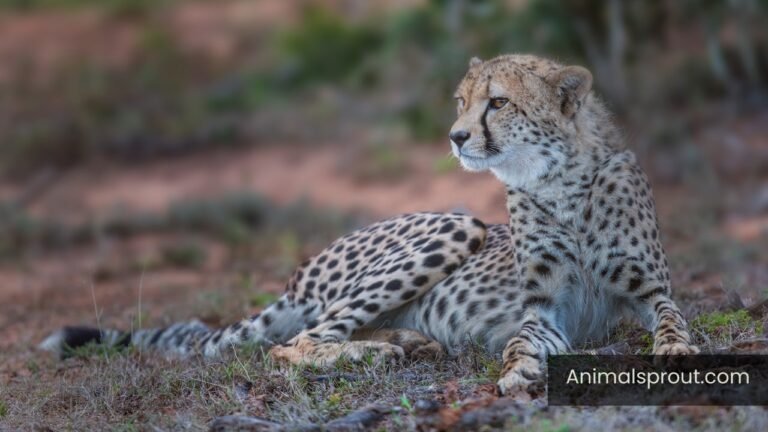Explore 18 Different Types of Penguins In The World (With Pictures)
In this article, we will explore the fascinating world of different types of penguins and uncover what makes each species special. Understanding these remarkable birds not only enriches our knowledge of wildlife but also highlights the importance of conservation efforts in their natural habitats.
Different Types of Penguins In The World
Below is the list of Penguins species in the world:
| Number of Penguins | Names of Penguins Species |
| 1 | Macaroni Penguin |
| 2 | Snares Penguin |
| 3 | Adelie Penguin |
| 4 | Gentoo Penguin |
| 5 | Royal Penguin |
| 6 | Fiordland Penguin |
| 7 | Emperor Penguin |
| 8 | Chinstrap Penguin |
| 9 | King Penguin |
| 10 | Northern Rockhopper Penguin |
| 11 | Southern Rockhopper Penguin |
| 12 | Humboldt Penguin |
| 13 | Yellow-Eyed Penguin |
| 14 | Erect-Crested Penguin |
| 15 | Magellanic Penguin |
| 16 | Galápagos Penguin |
| 17 | Little Penguin |
| 18 | African Penguin |
Macaroni Penguin
Scientific Name: Eudyptes chrysolophus
Average Height: 20–24 inches
The Macaroni Penguin, with its striking yellow-orange crest feathers and vibrant personality, stands out among its fellow seabirds. Found primarily on sub-Antarctic islands, this charming creature has adapted to thrive in some of the harshest climates on Earth. Its name, derived from the 18th-century term for flamboyant fashion — “macaroni” — aptly reflects the penguin’s extravagant appearance, making it a true icon of the Southern Ocean.
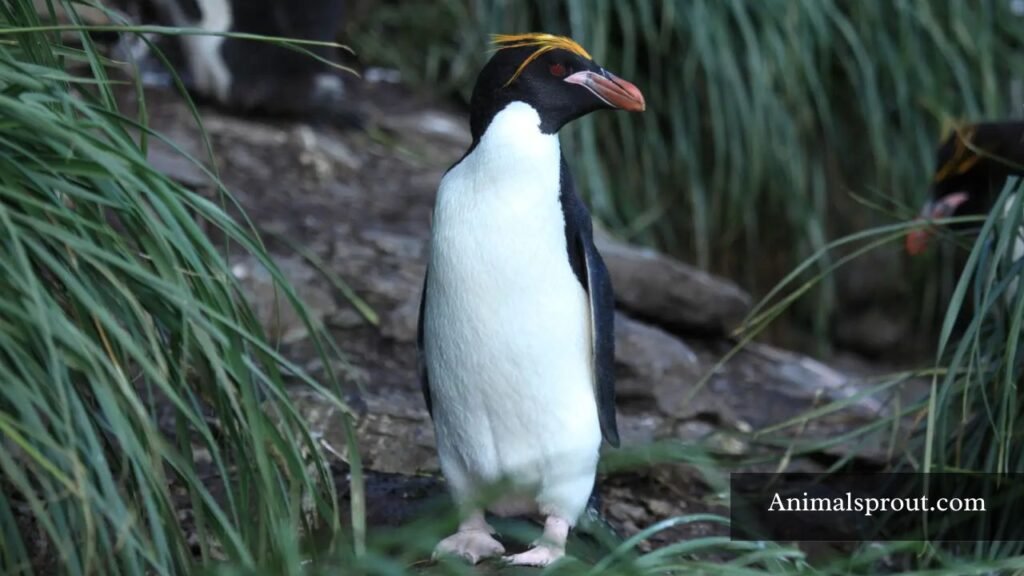
What sets the Macaroni Penguin apart is not just its looks but also its remarkable behavior during breeding season. They are highly social animals, forming large colonies that can number in the hundreds of thousands. Within these bustling communities, intricate courtship rituals unfold, showcasing their vocalizations and synchronized movements. Interestingly, researchers have observed that these penguins often return to the same nesting sites year after year, suggesting a deep-rooted loyalty to both their mates and their chosen territory.
Despite their resilience, Macaroni Penguins face increasing threats from climate change and human activity. The warming oceans affect their primary food sources, such as krill, which could lead to declines in their population. Conservation efforts are crucial to ensure that future generations can enjoy the antics of these charismatic birds.
Snares Penguin
Scientific Name: Eudyptes robustus
Average Height: 20–28 inches
The Snares Penguin, endemic to the remote Snares Islands off the southern coast of New Zealand, is a striking example of nature’s ingenuity. With its distinctive black and white plumage and vibrant yellow-orange eyebrows, this medium-sized penguin commands attention. Their habitat, characterized by rugged cliffs and lush greenery, serves not only as a breeding ground but also as a sanctuary for their unique behaviors. Nesting in burrows or under dense vegetation, these penguins exhibit remarkable parental care, with both mates sharing the responsibilities of incubating eggs and feeding their young.
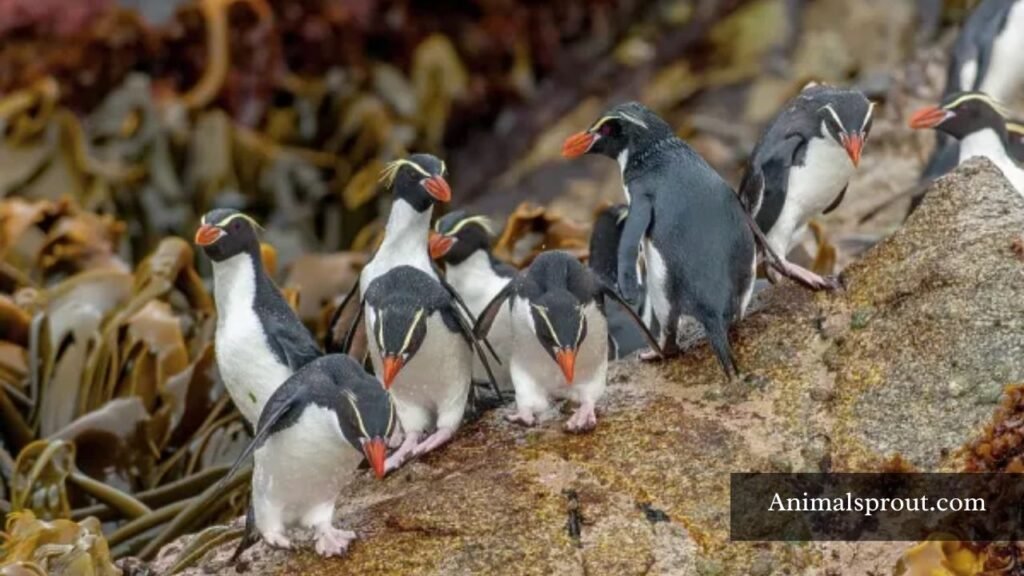
What sets the Snares Penguin apart from other species is its remarkable adaptability to the harsh marine environment. They are expert foragers, diving up to 70 meters in search of krill and fish, showcasing their agility and resilience. Recent studies have unveiled fascinating insights into their social structures; these penguins often form large colonies that exhibit complex interactions, which may play a crucial role in their survival amidst changing ocean conditions.
Adelie Penguin
Scientific Name: Pygoscelis adeliae
Adélie penguins, with their distinctive tuxedo-like plumage and bright blue eyes, are not just the charming icons of Antarctica; they are remarkable survivors in one of the harshest environments on Earth. Unlike their more famous cousins, the Emperor penguins, Adélies are smaller, standing at about 18 inches tall. Their resilience is showcased in their incredible adaptability to the shifting climate, which has become increasingly critical as their icy habitats face the threat of melting due to global warming. Observing these little birds navigating the rocky terrain and diving into frigid waters reveals their remarkable agility and determination.
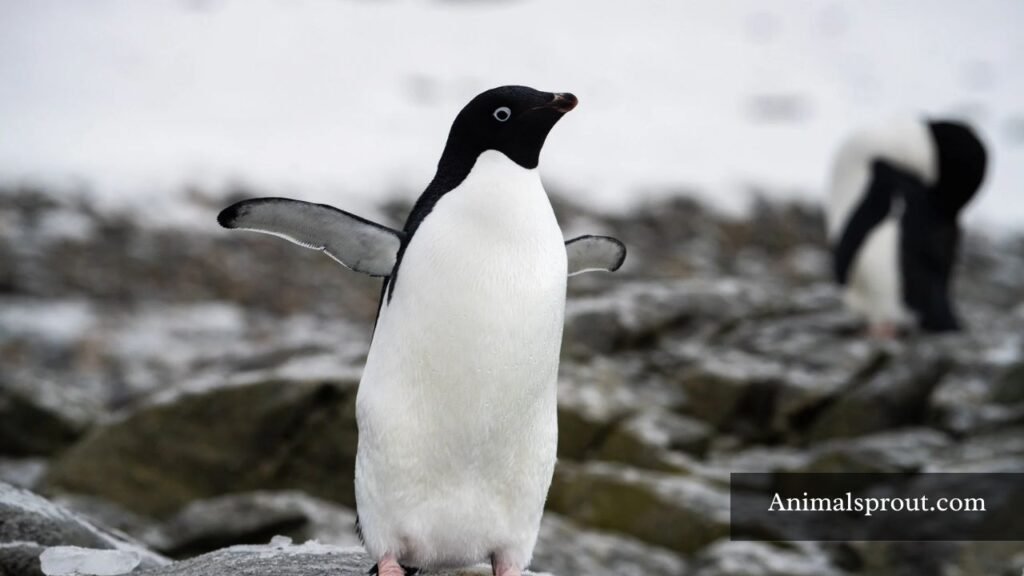
What makes the Adélie penguin particularly fascinating is its social structure and breeding behavior. They are known for their strong pair bonds, often returning to the same mate year after year. These devoted partners engage in elaborate courtship rituals, including synchronized swimming displays that highlight their playful nature. Nesting in colonies can create a cacophony of sounds, as thousands of these birds communicate through braying calls, establishing a vibrant atmosphere amid the stark white landscape.
Gentoo Penguin
Scientific Name: Pygoscelis papua
Average Height: 20–35 inches
The Gentoo penguin, easily identifiable by its striking orange beak and distinctive white stripe across the head, captivates not only with its appearance but also with its remarkable behaviors. These agile swimmers are known for their impressive underwater speed, reaching up to 22 miles per hour. This makes them one of the fastest penguin species, allowing them to evade predators and catch prey with remarkable efficiency. Their diet primarily consists of krill, fish, and squid, showcasing their adaptability in various marine environments.
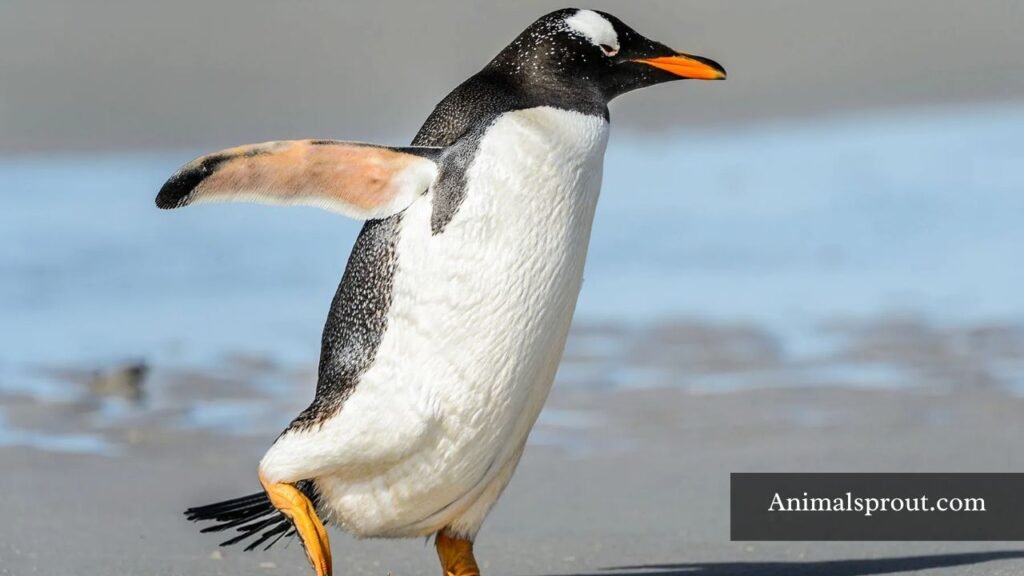
Beyond their physical prowess, Gentoo penguins exhibit fascinating social structures and parenting strategies. They are monogamous and often return to the same nesting site year after year, reinforcing bonds with their partners. Their courtship rituals involve a series of unique vocalizations and displays that emphasize their commitment. Notably, both parents share the responsibilities of incubating eggs and feeding chicks, highlighting a cooperative dynamic that ensures the survival of their offspring amidst challenging conditions.
Royal Penguin
Scientific Name: Eudyptes schlegeli
Average Height: 26–30 inches
The Royal Penguin, often overshadowed by its more famous cousins, boasts a striking appearance and a fascinating lifestyle that make it a marvel of the Southern Ocean. With its distinctive yellow crest and bold black and white plumage, this penguin is not just a visual delight but also a testament to nature’s artistry. Found exclusively on Macquarie Island, these flightless birds have adapted beautifully to their rugged, windswept habitat, demonstrating resilience in the face of harsh weather conditions.
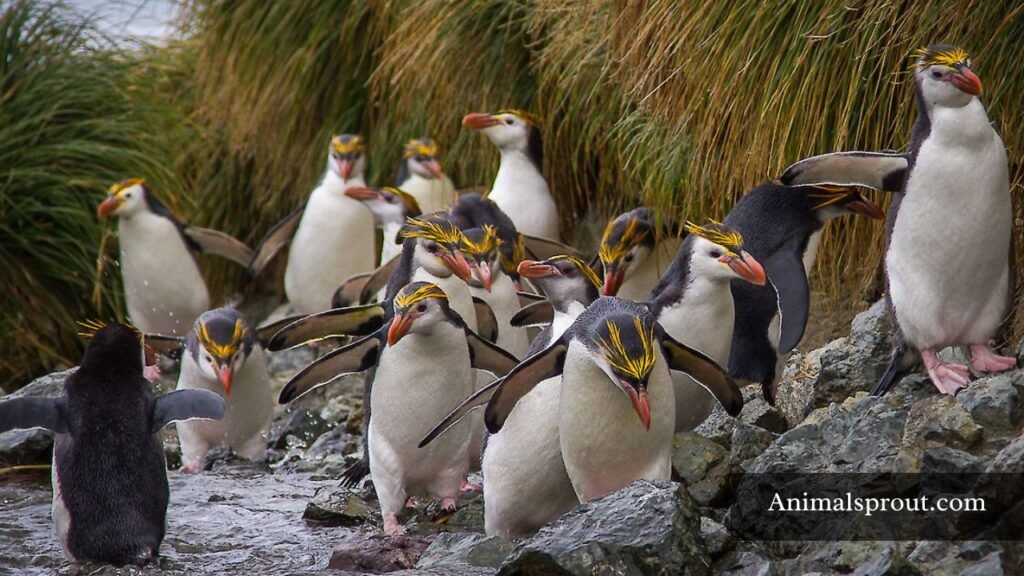
What sets the Royal Penguin apart is its unique breeding behavior. Unlike many other penguin species that return to the same nesting sites year after year, Royals display a remarkable level of flexibility in their choice of nesting locations. This adaptability may be a response to shifting environmental conditions, showcasing an incredible evolutionary strategy. Moreover, their social structure is equally intriguing; they form large colonies where complex interactions unfold, reflecting a vibrant community life that captivates researchers and birdwatchers alike.
Fiordland Penguin
Scientific Name: Eudyptes pachyrhynchus
Average Height: 24–27 inches
The Fiordland penguin, also known as the tawaki, stands out not only for its striking appearance but also for its unique habitat. Nestled in the remote and rugged coastlines of New Zealand’s Fiordland National Park, these penguins are a testament to nature’s resilience. Their preference for dense rainforest and steep cliffs makes them one of the most elusive penguin species, often leaving wildlife enthusiasts in awe as they catch fleeting glimpses of these charming creatures. Unlike their more social counterparts, Fiordland penguins lead a solitary life, which adds an air of mystery to their already enchanting behavior.
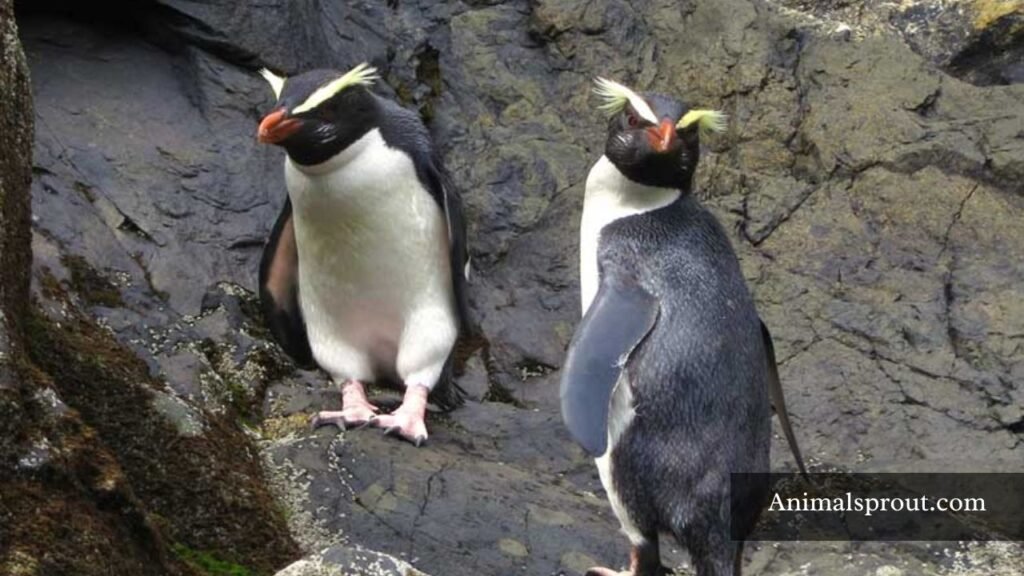
A captivating aspect of the Fiordland penguin is its breeding habits. Unlike many penguin species that return to the same colony year after year, tawaki prefer to nest in isolated locations, often creating their nests in hidden caves or under dense foliage. This strategy not only protects their eggs from predators but also highlights their adaptability to harsh environments.
Interestingly, the chicks of Fiordland penguins are known for their distinctive vocalizations, which serve as a means for parents to locate them among the dense vegetation. As climate change poses increasing threats to their habitat, the conservation efforts surrounding these remarkable birds are crucial; preserving their environment is not just about protecting a species but also maintaining the rich biodiversity of one of the world’s last wild frontiers.
Emperor Penguin
Scientific Name: Aptenodytes forsteri
Average Height: 39–48 inches
The Emperor Penguin, the largest of its kind, is a fascinating testament to nature’s resilience. These remarkable birds are not just defined by their size; they possess an intricate social structure that showcases deep familial bonds. During the harsh Antarctic winter, male penguins endure the brutal cold while incubating eggs, balancing them on their feet beneath a flap of skin called a brood pouch. This extraordinary commitment lasts for about two months without feeding, highlighting their determination and adaptability in one of the most extreme environments on Earth.
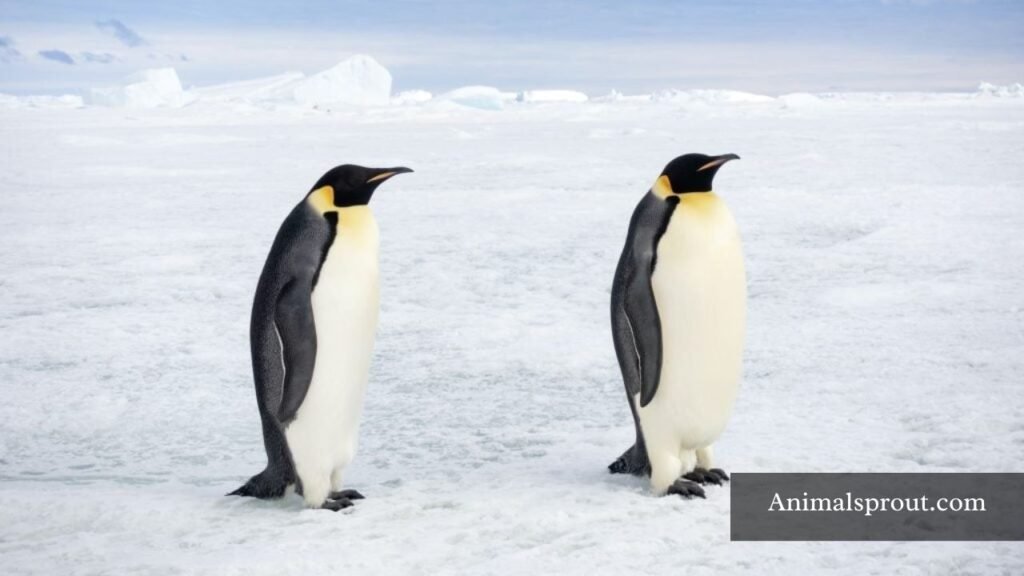
What sets Emperor Penguins apart is not only their survival skills but also their sophisticated communication. They employ a variety of vocalizations, allowing them to recognize each other amidst the cacophony of the colony, which can number in the thousands. This acoustic ability is crucial for maintaining relationships and ensuring the safety of their young in such a vast and frigid landscape.
Chinstrap Penguin
Scientific Name: Pygoscelis antarcticus
Average Height: 27–30 inches
The Chinstrap Penguin, with its distinctive narrow black band under the head that resembles a chinstrap, is a marvel of adaptation in the harsh environments of the Antarctic. Unlike many other penguin species, Chinstraps are known for their incredible agility both in water and on land. Their streamlined bodies allow them to dart through icy waters with remarkable speed, making them proficient hunters of krill and small fish. Observers often find it fascinating how these penguins can leap gracefully from the water onto rocky shores, showcasing their impressive physical prowess.
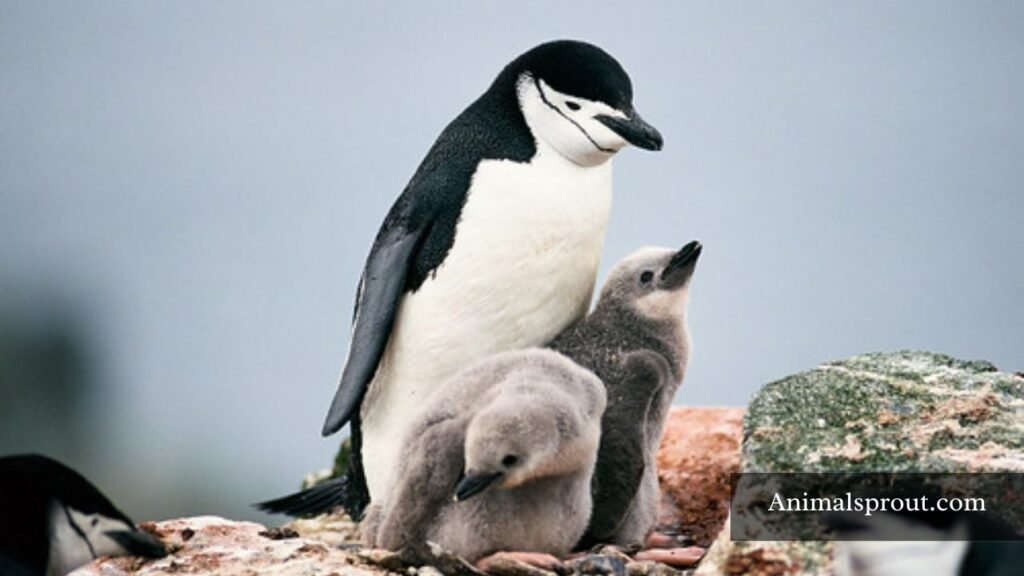
Beyond their striking appearance and athleticism, Chinstrap Penguins exhibit intriguing social behaviors. They are highly vocal and live in large colonies, often numbering in the hundreds of thousands. Their raucous calls create a symphony of sounds that fill the air as they engage in courtship displays and establish social hierarchies. Interestingly, these penguins also display a remarkable level of care for their young; both parents take turns incubating eggs and feeding chicks, emphasizing a shared responsibility that strengthens family bonds within the colony.
King Penguin
Scientific Name: Aptenodytes patagonicus
Average Height: 28–39 inches
The King Penguin, the second-largest species of penguin after the Emperor, captivates with its striking appearance and complex social behaviors. Found predominantly on sub-Antarctic islands, these majestic birds boast vibrant orange and yellow markings that contrast beautifully against their sleek black and white plumage. Unlike their more solitary cousins, King Penguins thrive in large colonies that can number in the hundreds of thousands. This communal lifestyle not only enhances their chances of survival through mutual protection but also creates a vibrant tapestry of life, with the air filled with their distinctive calls and the sight of synchronized movements as they navigate their icy habitats.
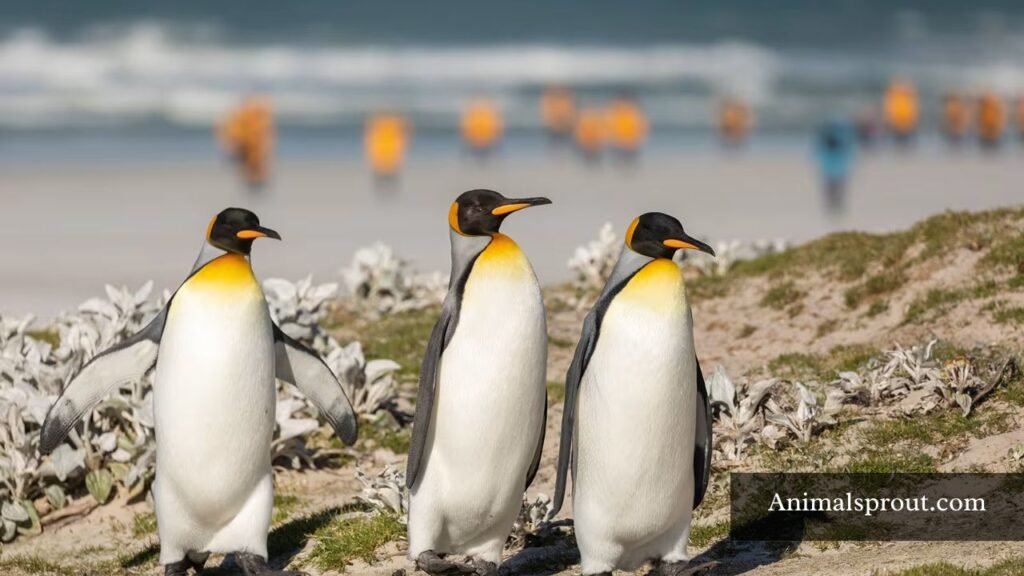
One of the most fascinating aspects of King Penguins is their unique breeding cycle, which defies the typical seasonal patterns seen in other birds. Instead of laying eggs during a specific season, King Penguins have a staggered breeding strategy, allowing them to rear chicks year-round. This adaptability ensures that while some pairs are nurturing their young, others are preparing for the next round of mating, creating a continuous cycle of life in harsh conditions.
Northern Rockhopper Penguin
Scientific Name: Eudyptes moseleyi
Average Height: 18–23 inches
The Northern Rockhopper Penguin, with its distinctive yellow-orange crest and robust stature, stands out not only for its striking appearance but also for its remarkable adaptability to harsh environments. Found predominantly on the sub-Antarctic islands, these spirited birds have evolved to thrive in rocky terrains and turbulent waters, showcasing their incredible resilience. Unlike their more social cousins, the Southern Rockhopper, these penguins often exhibit a unique blend of solitary and communal behaviors, which can be attributed to their specific breeding habits and territorial instincts.
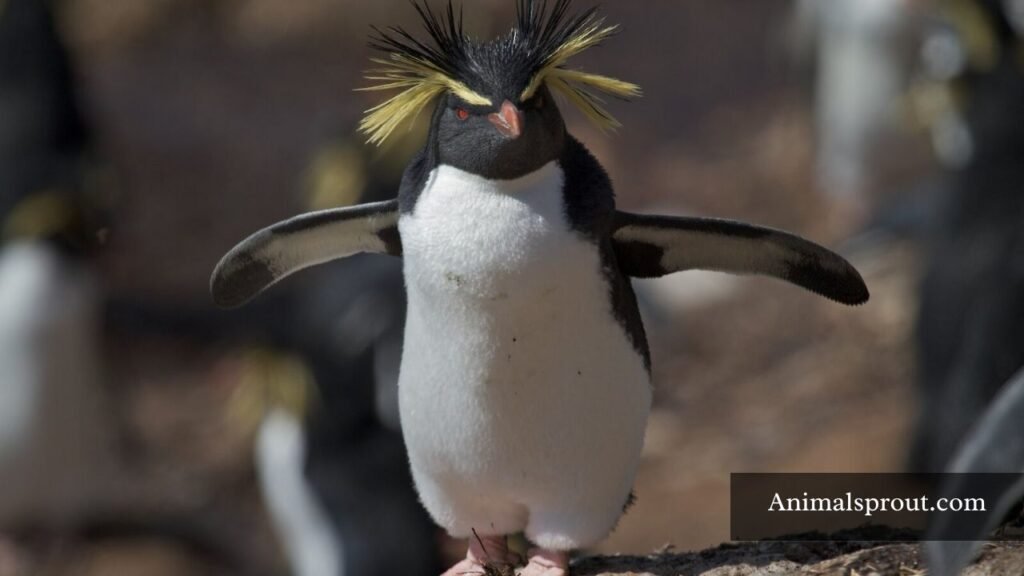
Recent studies have revealed that Northern Rockhoppers possess an impressive foraging ability, diving to depths of over 100 meters in search of krill and small fish. This diving prowess is complemented by their exceptional agility on land, where they can navigate steep cliffs with surprising ease.
Southern Rockhopper Penguin
Scientific Name: Eudyptes chrysocome
Average Height: 18–23 inches
The Southern Rockhopper Penguin is a marvel of adaptability, thriving in some of the most rugged environments on the planet. These small, charismatic birds are distinguished by their striking yellow and black crest feathers, which give them a punk rock appearance that perfectly complements their feisty demeanor. Unlike their more docile cousins, Southern Rockhoppers are known for their energetic leaps and bounds across rocky terrains, showcasing a level of agility that belies their stocky build. Their unique foraging technique involves diving into the frigid waters of the Southern Ocean, where they hunt for krill and small fish, often plunging to depths of over 100 meters.
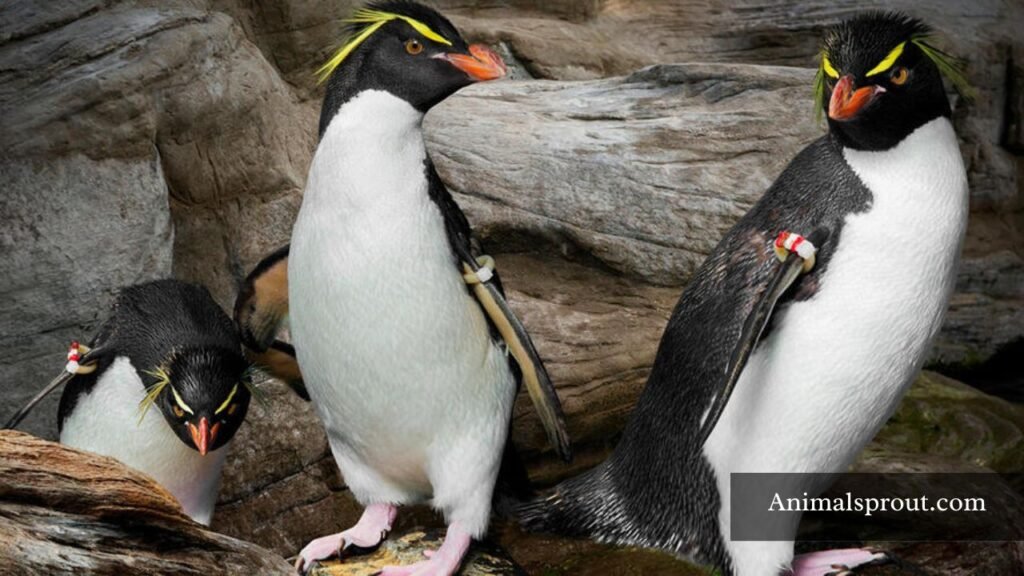
What makes the Southern Rockhopper particularly fascinating is its social structure. Nesting in large colonies, these penguins exhibit complex social behaviors, including vocalizations and synchronized movements that enhance group cohesion. Researchers have observed that these interactions are crucial for chick-rearing, as parents take turns foraging while maintaining a strong bond with their young.
Humboldt Penguin
Scientific Name: Spheniscus humboldti
Average Height: 22–28 inches
The Humboldt penguin, known for its striking black and white plumage and distinctive band of feathers across its chest, is more than just a charming figure waddling along coastal shores. Native to the rocky coastlines of Peru and Chile, these penguins have adapted remarkably to their environment, often nesting in burrows or crevices that shield them from the harsh sun. Unlike their Antarctic relatives, Humboldt penguins thrive in warmer waters, which presents both unique challenges and opportunities for survival. Their diet primarily consists of fish and crustaceans, showcasing their agility as swimmers — capable of diving up to 150 meters in search of food.
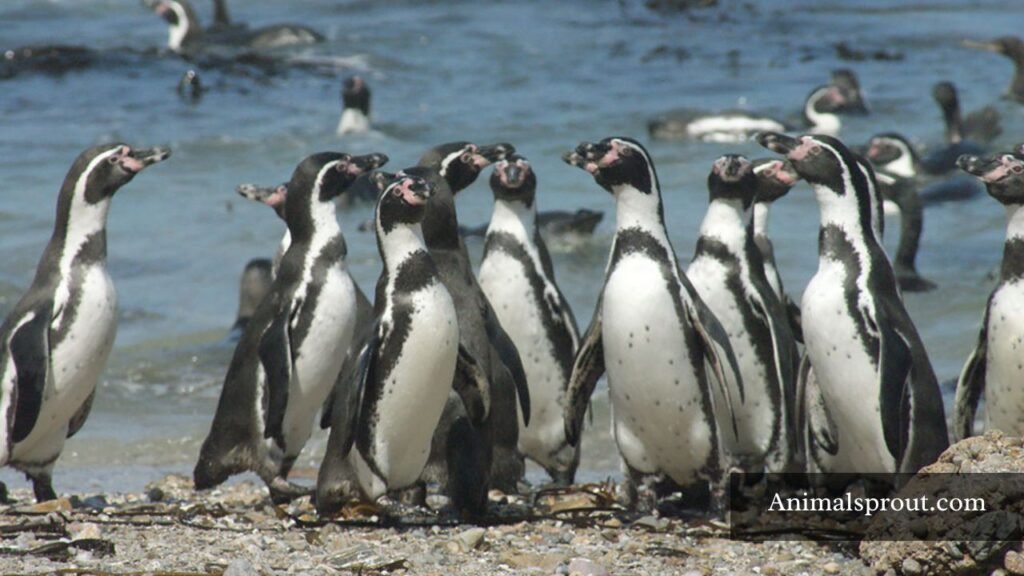
However, the charm of the Humboldt penguin is tempered by the pressing challenges it faces in the wild. Climate change, overfishing, and habitat destruction threaten their populations, making conservation efforts critical. These penguins possess a remarkable social structure; they engage in vocalizations that strengthen pair bonds and maintain group cohesion. Observing their interactions reveals not just a survival instinct but an intricate social network that mirrors human relationships in many ways.
Yellow-Eyed Penguin
Scientific Name: Megadyptes antipodes
Average Height: 24–31 inches
The yellow-eyed penguin stands out not just for its striking appearance but also for its unique behaviors and ecological significance. Found primarily on the southeastern coast of New Zealand, this species is known for its pale yellow eyes and distinctive band of yellow feathers that wrap around its head, giving it a regal appearance among its peers. Unlike the more boisterous and social species of penguins, the yellow-eyed penguin is relatively solitary, often preferring to nest in dense forest cover away from the coastal bustle. This solitary nature adds an air of mystery to their lives, as they engage in courtship rituals and parenting away from prying eyes.
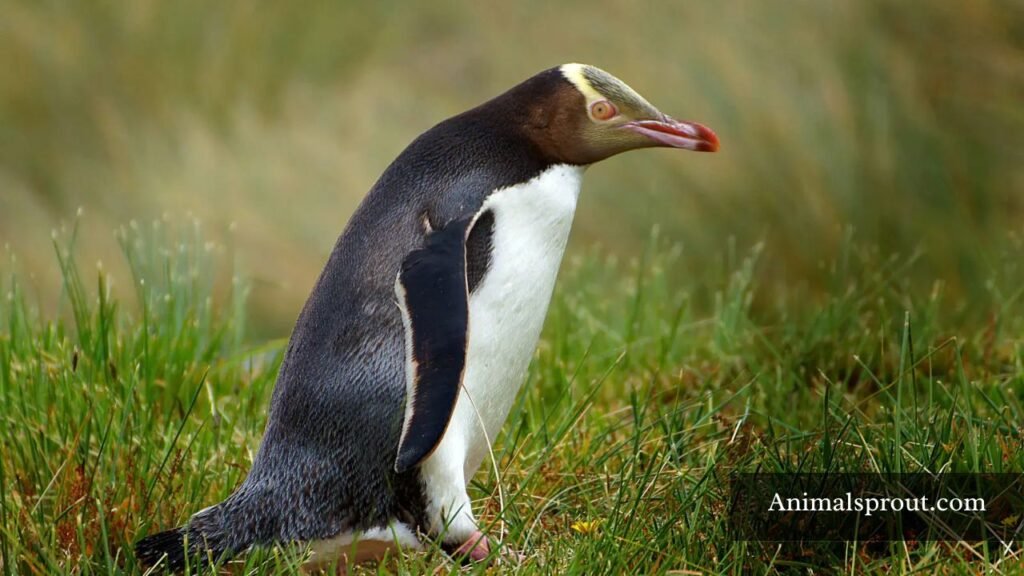
Their diet primarily consists of fish and squid, showcasing their adaptability to the rich marine life of their habitat. However, the yellow-eyed penguin faces numerous challenges, including habitat loss, introduced predators, and climate change, which threaten their already dwindling population. Conservation efforts are crucial, not just for preserving this fascinating species but also for maintaining the delicate balance of their ecosystem.
Erect-Crested Penguin
Scientific Name: Eudyptes sclateri
Average Height: 20–28 inches
The Erect-Crested Penguin, with its striking yellow crest feathers and bold personality, stands out as one of nature’s most intriguing seabirds. Found primarily on the remote sub-Antarctic islands of the Bounty and Antipodes, these penguins are not just visually captivating; they also exhibit fascinating social behaviors. Unlike their more solitary relatives, Erect-Crested Penguins thrive in densely populated colonies, engaging in a complex hierarchy of communication through vocalizations and physical displays. Their vibrant crests are not merely for show; they play a crucial role in mate attraction and establishing social bonds within the colony.
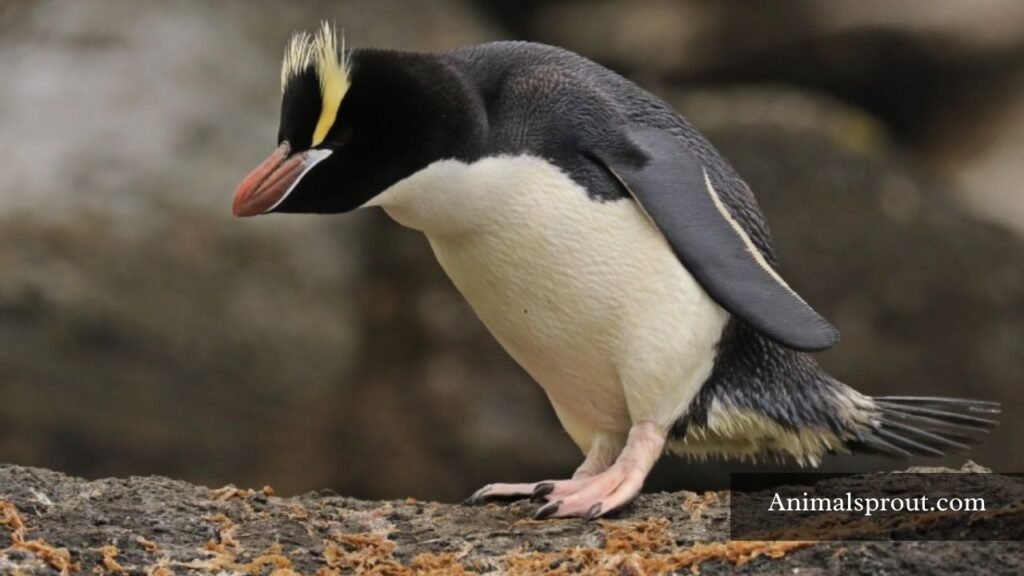
In addition to their social dynamics, Erect-Crested Penguins are remarkable for their adaptability to harsh environments. These birds are expert foragers, diving deep into frigid waters to catch fish and krill, showcasing their impressive swimming skills. Interestingly, their breeding season coincides with the peak of the Southern Ocean’s productivity, allowing them to capitalize on abundant food resources. As climate change poses increasing threats to their habitat and food supply, understanding the resilience of Erect-Crested Penguins becomes essential. Their survival strategies offer valuable insights into the broader impacts of environmental shifts on marine ecosystems, making them not just an emblem of remote islands but also a symbol of ecological balance in a rapidly changing world.
Magellanic Penguin
Scientific Name: Spheniscus magellanicus
Average Height: 24–30 inches
The Magellanic Penguin, with its striking black and white plumage, is not just a visual marvel but also a symbol of resilience in the harsh climates of South America. Found primarily along the coasts of Argentina and Chile, these charming birds exhibit fascinating behaviors that reflect their adaptability. For instance, they are known to dig extensive burrows to shield themselves from the elements and predators, showcasing their resourcefulness in a challenging environment.
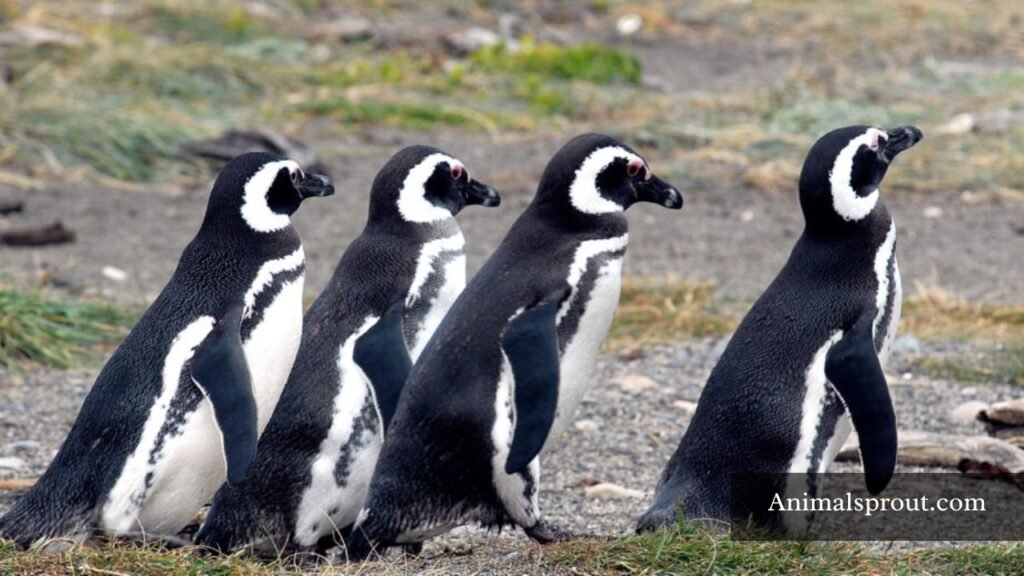
One of the most captivating aspects of Magellanic Penguins is their social structure. They often form large colonies, where intricate social interactions play out daily. From elaborate courtship displays to cooperative parenting, these penguins demonstrate a remarkable level of communication and community support. Recent studies have even shown that they can recognize individual calls, suggesting a complex social network akin to that of some primates.
Galápagos Penguin
Scientific Name: Spheniscus mendiculus
The Galápagos penguin, the only species of penguin that ventures north of the equator, embodies the unique spirit of the Galápagos Islands. These pint-sized birds, measuring around 19-24 inches in height, have adapted remarkably to their environment, thriving in the archipelago’s warm waters. Unlike their Antarctic relatives, Galápagos penguins exhibit a fascinating behavior known as “thermoregulation,” where they can adjust their body temperature by seeking shade and swimming in cooler currents. This remarkable adaptation not only highlights their resilience but also underscores the delicate balance of their ecosystem.
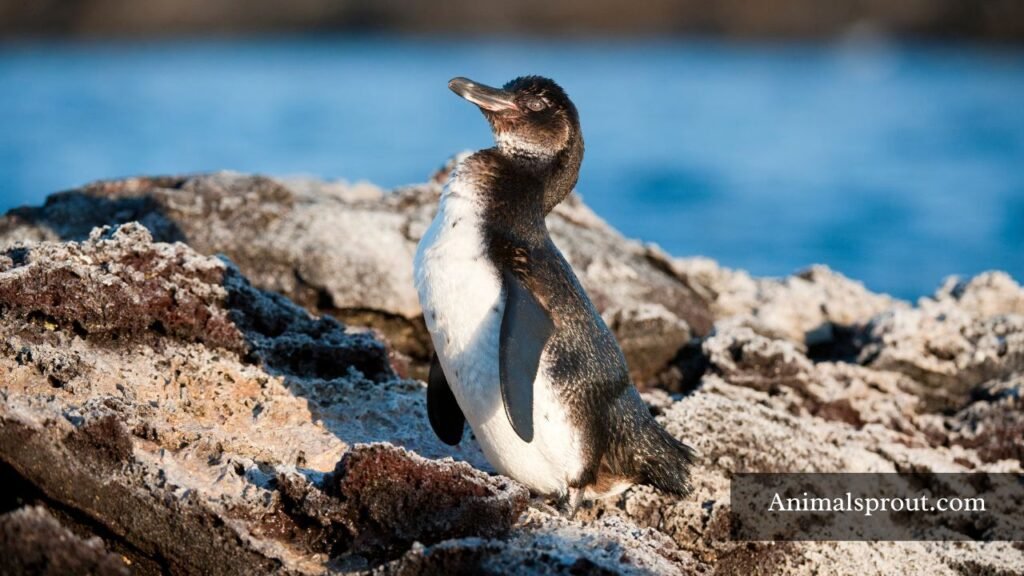
What makes the Galápagos penguin particularly intriguing is its social structure and breeding habits. They often form lifelong monogamous pairs, showcasing a level of fidelity that is rare among avian species. Nesting on rocky shores or within crevices, they rely on the surrounding marine environment for sustenance, primarily feeding on small fish and crustaceans.
Little Penguin
Scientific Name: Eudyptula minor
The Little Penguin, also known as the Fairy Penguin, is a delightful marvel of nature that captivates both scientists and wildlife enthusiasts alike. Standing at just about 12 inches tall, these pint-sized birds are the smallest species of penguin, with their charming stature complemented by a vibrant blue plumage that shimmers under the sun. Found primarily along the coastlines of Australia and New Zealand, they are not only a symbol of the region’s biodiversity but also a testament to the resilience of wildlife in adapting to changing environments.
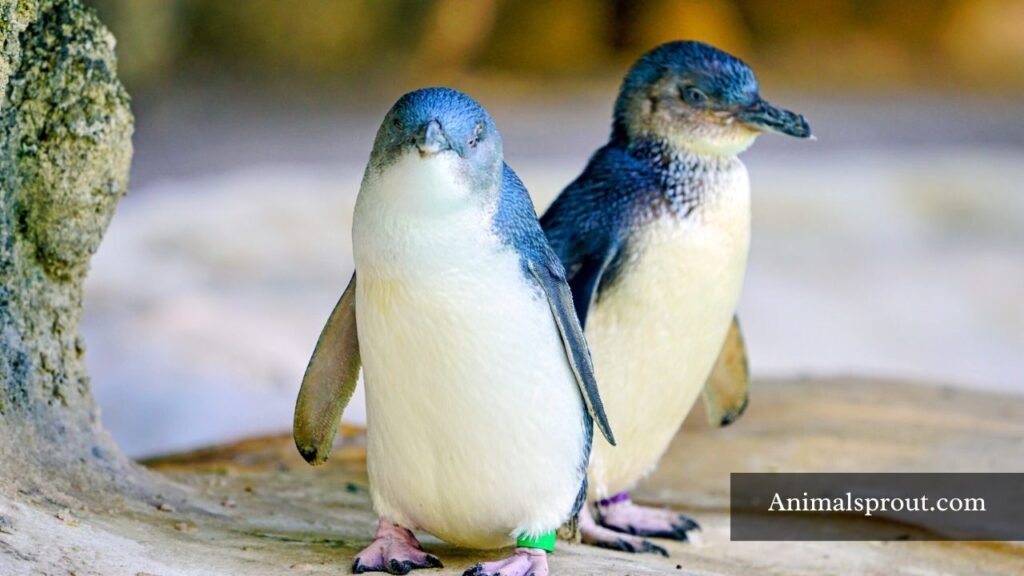
What sets the Little Penguin apart from its larger cousins is its unique nocturnal behavior. These adorable creatures spend their days resting in burrows or hidden among rocks, emerging at dusk to forage for fish and squid. This adaptation not only helps them evade predators but also showcases an intricate balance with their ecosystem. Interestingly, Little Penguins are known for their strong social bonds; they often return to the same nesting sites year after year, reinforcing connections with mates and families.
African Penguin
Scientific Name: Spheniscus demersus
Average Height: 24–28 inches
The African penguin, also known as the jackass penguin due to its distinctive braying call, is a fascinating creature that embodies the charm and challenges of wildlife in Southern Africa. Unlike its Antarctic cousins, the African penguin thrives in warmer climates, nesting on rocky shores and islands along the coasts of South Africa and Namibia. Their unique black-and-white plumage not only provides camouflage from predators in the ocean but also serves as a striking contrast against the vibrant backdrop of their sun-soaked habitats.
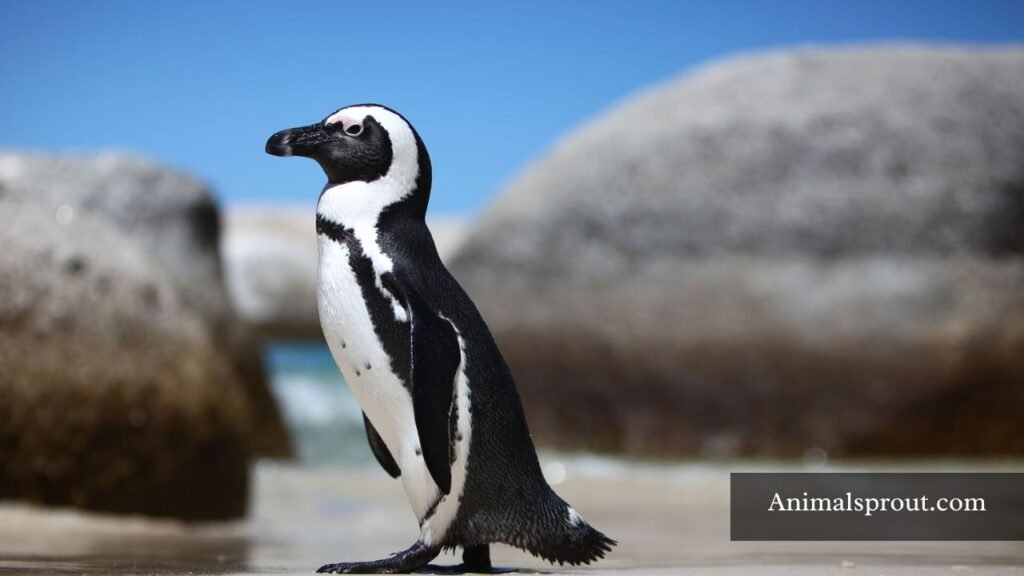
These penguins are social animals, often forming large colonies that can number in the thousands, creating a cacophony of sounds as they communicate through a complex range of vocalizations. However, their numbers have drastically declined over the past century, primarily due to habitat loss, overfishing, and oil spills. Conservation efforts are now more crucial than ever; initiatives like the establishment of marine protected areas and rehabilitation programs for injured birds offer a glimmer of hope. Engaging with these efforts allows us to not only witness the resilience of the African penguin but also understand our responsibility in preserving this iconic species for future generations.
Readmore: Explore Top 18 Animals That Walk on Two Legs In The World.
Final Words
Exploring the different types of penguins reveals not only their unique characteristics but also the urgent need for their protection in a changing world. Each species, from the sturdy King penguin to the elusive Adelie, plays a vital role in their respective habitats and contributes to global biodiversity. As we continue to study and admire these remarkable animals, it is crucial to recognize the threats they face due to climate change and habitat destruction. Awareness and education are key components in fostering a sense of responsibility towards these magnificent birds. Together, let’s commit to advocating for penguin conservation and ensuring their survival for years to come.
FAQs
How many types of penguins in Antarctica?
There are 8 types of penguins that live in Antarctica. Species include the Emperor Penguin, Adélie Penguin, Gentoo Penguin, Chinstrap Penguin, Macaroni Penguin, King Penguins and Southern Rockhopper Penguins.
What are the 18 species of penguins?
The 18 species of penguins are Macaroni Penguin, Snares Penguin, Adelie Penguin, Gentoo Penguin, Royal Penguin, Fiordland Penguin, Emperor Penguin, Chinstrap Penguin, King Penguin, Northern Rockhopper Penguin, Southern Rockhopper Penguin, Humboldt Penguin, Yellow-Eyed Penguin, Erect-Crested Penguin, Magellanic Penguin, Galápagos Penguin, Little Penguin and African Penguin.
Is a penguin a fish or a bird?
A penguin is a bird, not a fish. While they spend a lot of time in the water and are excellent swimmers, penguins possess all the characteristics that define birds. They have feathers, lay eggs, and are warm-blooded.
What is the biggest penguin?
The biggest penguin is the Emperor penguin. These impressive birds can stand up to 4 feet tall and weigh between 50 to 100 pounds. They are known for their striking black and white plumage, with a splash of orange on their necks, which makes them easily recognizable.
What is the rarest breed of penguin?
The rarest breed of penguin is the Galápagos penguin. Found exclusively in the Galápagos Islands, this species is unique because it’s the only penguin that ventures north of the equator. Their population is estimated to be around 1,500 individuals, making them critically endangered due to factors like climate change and habitat loss.
Which penguin is the friendliest?
The yellow-eyed penguin is often considered one of the friendliest penguin species. Found primarily in New Zealand, these penguins are known for their curious nature and relatively calm demeanor around humans.
What is the most aggressive penguin?
The chinstrap penguin is often considered the most aggressive of all penguin species. Known for their distinctive narrow band of black feathers under their heads, these penguins are not just striking in appearance but also in behavior. During breeding season, they become highly territorial and will aggressively defend their nesting sites from intruders, even engaging in physical confrontations with other penguins.

